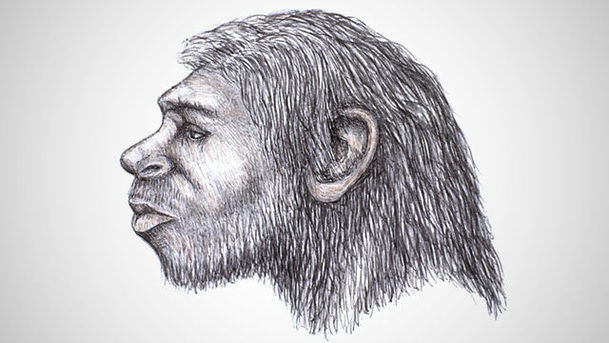In Our Time - The Neanderthals

Melvyn Bragg and his guests discuss the Neanderthals. In 1856, quarry workers in Germany found bones in a cave which seemed to belong to a bear or other large mammal. They were later identified as being from a previously unknown species of hominid similar to a human. The specimen was named Homo neanderthalis after the valley in which the bones were found. This was the first identified remains of a Neanderthal, a species which inhabited parts of Europe and Central Asia from around 400,000 years ago. Often depicted as little more advanced than apes, Neanderthals were in fact sophisticated, highly-evolved hunters capable of making tools and even jewellery. Scholarship has established much about how and where the Neanderthals lived - but the reasons for their disappearance from the planet around 28,000 years ago remain unclear. With: Simon Conway Morris Professor of Evolutionary Palaeobiology at the University of Cambridge Chris Stringer Research Leader in Human Origins at the Natural History Museum and Visiting Professor at Royal Holloway, University of London Danielle Schreve Reader in Physical Geography at Royal Holloway, University of London Producer: Thomas Morris.